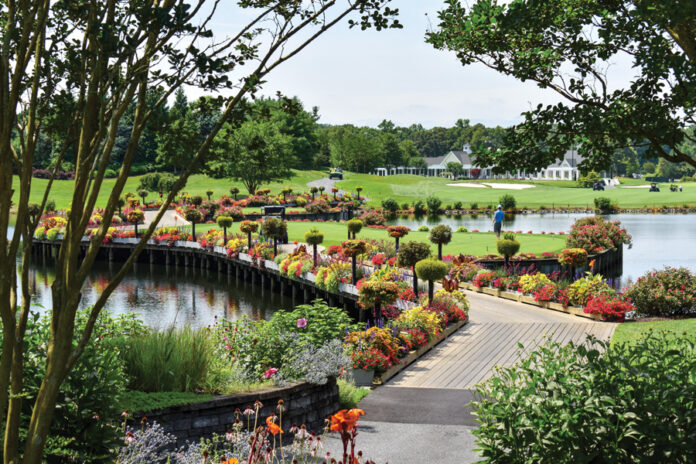There is a lot of talk within the manufactured housing industry about image these days. As a landscape architect and planner of manufactured housing communities for more than 50 years, image has been an important consideration in the design and the focus of my activities in the industry. It is the source of great frustration to me that many new communities are still being designed like the trailer parks of the past.
Row on row of new homes spread out like dominoes on the land, with little apparent thought given to the final appearance of the community and the image it will portray for generations to come. Most developments are laid out by draftsmen in engineering offices with little training in effective image planning.
Why is it so?
Do developers, engineers, designers and planners feel that our customers don’t deserve better? Is there an assumption that creative planning is too costly? Is enough energy being expended by the national and state industry organizations to promote good design as an important part of our image-building strategy? Are we doing enough to educate the planners in good design and encourage and approve projects that are attractive and desirable living environments?
Our counterparts in the site-built housing business are keenly aware of the benefits of creative planning. The traditional neighborhood development movement, open space conservation planning, planned unit developments, cluster designs, and curvilinear concepts are stock in trade for better developers. The appearance of their developments from the street, curb appeal, and sizzle of their homes is as important a part of their merchandising effort as their floor plans, interior decorating, and furnishings. Models are creatively furnished inside and attractively landscaped outside to excite and stimulate the customer. Builder’s displays at development model centers are creatively done with renderings illustrating the final and complete appearance of the home package.
Contrast this to the way the majority of manufactured homes and developments are merchandised. Far too often our industry’s homes are pictured as “plain Jane” boxes devoid of the elements that would make it a home rather than a house. These same units regularly are shown to the public at sales centers without these important added elements.
Manufactured home community owners and subdivision developers also miss an opportunity when houses are permitted in developments without the simplest of requirements that would assure curb appeal. Even simple appearance requirements would help to assure growth in the value of the home, the development, and our industry.
The majority of manufactured homes are designed and built with image emphasis on the long side of the home, this is all well and good when the home is placed long side to the street on wide subdivision and land-lease lots. Unfortunately, these wide lots result in a significant increase in development cost and a reduction in density. Even developers of high-end subdivisions focus on lot width and density.
A few manufacturers are placing emphasis on CrossMod homes, homes that look good on larger lots and in scattered site settings. These too often only fit on wider lots. On the other hand, an increasing number of what we call “community series” homes place emphasis on the appearance of the narrow end of the home and has been shown to be a great improvement in the appearance of homes on narrower homesites.
Time after time I still hear negative comment from opponents to new developments at zoning hearings about the unattractive appearance of our homes and communities. Most of this well earned from our past performance. Perhaps if our industry were to place more emphasis on the final product, the completed home, we could more rapidly move toward greater public acceptance of manufactured homes. We always show images of attractive homes and communities at zoning meetings.
Study upon study sponsored by MHI have shown that with sensitivity to detail and proper presentation our homes are welcomed in most neighborhoods.
I am certain that continuing to develop new “parks” and selling incomplete homes will perpetuate the industry stereotypes that have held us down. And I am convinced that the continued growth in of our share of housing in America is dependent on our ability and willingness to view each new home sold and each new development as an opportunity to improve the image of manufactured housing.










